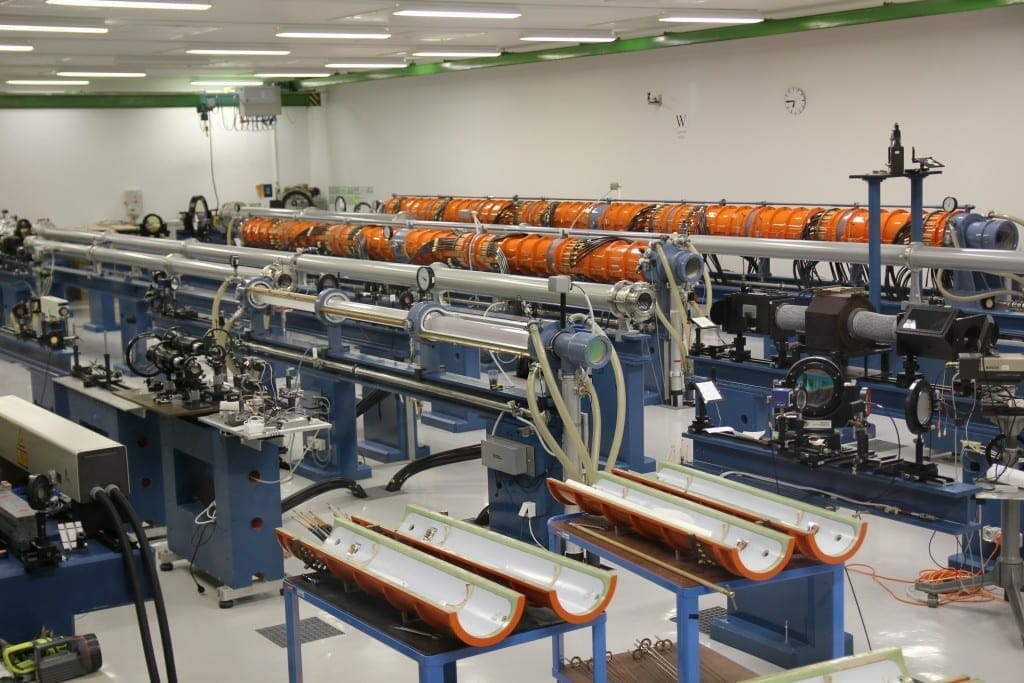Hydrogen-boron (pB11) fuel has long been the ideal fusion fuel, offering the potential for cheap energy through direct conversion with no radioactive waste, as LPPFusion has often pointed out. But until recently only one or two researchers reported on results at any conference, while most focused on the far more common deuterium-tritium or pure deuterium fuels. The Prague symposium was something of a coming-out party for pB11, with several groups reporting new advances and hydrogen–boron research featured in invited presentations. The researchers present planned closer collaboration, including an international workshop and joint experiments.

Dr. Heinrich Hora, University of New South Wales, Australia, one of the invited speakers, tied together several of the advances in his review presentation to the conference. After pointing to the well-known advantages of hydrogen-boron as the route to cheap, clean, safe and unlimited energy, he turned to recent experimental results with hydrogen-boron fusion initiated by lasers. Experiments occurred in Russia in 2005, in France in 2013, and at the host city of Prague in 2015, and each time the number of fusion reactions rose a thousand-fold, now to a billion reactions at the Prague Asterix Laser System (shown in Fig. 4)
The relatively high yield in the most recent experiment, Hora continued, is best explained by a recently published theory that shows, in some circumstances, hydrogen boron reactions can occur as avalanches, with each reaction setting off several more. In these new calculations, the three alpha particles (helium nuclei) produced by a single pB11 reaction undergo a kind of three-cushion pool shot, in which a series of collisions with protons gives the last proton just the right 600 keV energy for a fusion reaction with boron. This effect is most important at relatively low average ion energies, and thus makes hydrogen-boron reactions easier to ignite. (This is the second result in recent months pointing to easier ignition—see May 28 LPP Fusion report.) Another researcher, V. Belayeav, Central Research Institute of Machine Building in Korolev, Russia also reported on encouraging research on hydrogen-boron reaction rates.
LPP Fusion’s report at the Symposium of mean ion energy in a series of 10 shots of over 120 keV, combined with these new results, indicates that hydrogen boron ignition is within reach of plasma focus devices, once the highest densities achieved of more than 1023 ions/cm3 can be combined with these high ion energies. At the conference, researchers discussed new collaborations involving additional plasma focus groups, as well as ideas for combining focus fusion and laser approaches. Participants plan to organize a hydrogen-boron fusion workshop back in Prague with the coming year.
